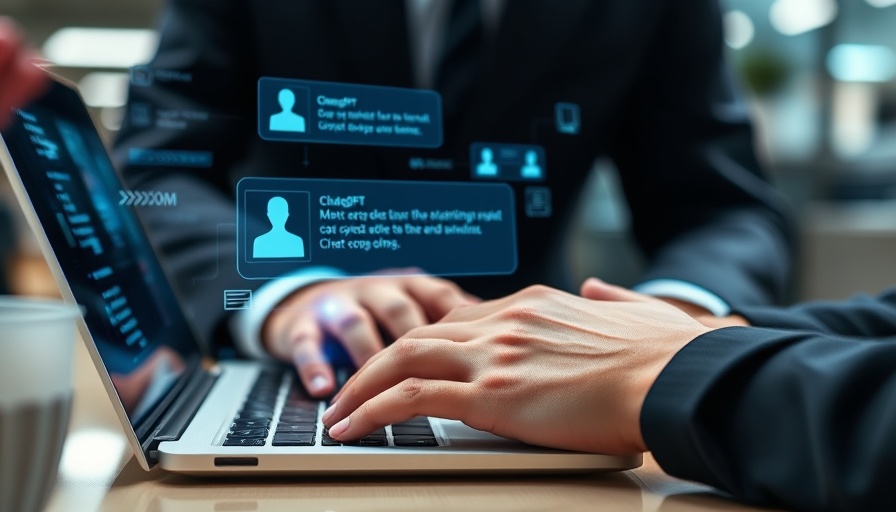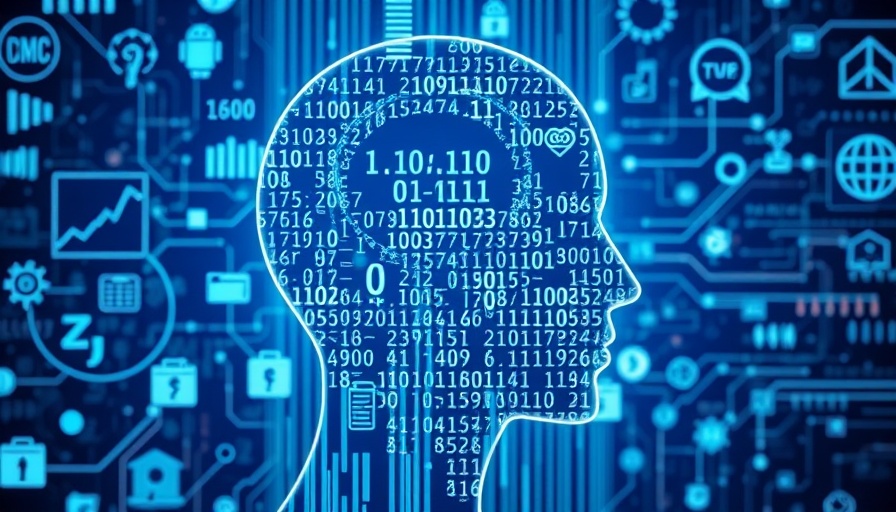
Revolutionizing AI Benchmarks: The Mario Method
The world of artificial intelligence (AI) is witnessing an unconventional yet fascinating approach to benchmarking its capabilities: the beloved video game Super Mario Bros. This innovative method promises to unveil the complexities and potentials of modern AI models in ways that traditional benchmarks simply cannot.
Why Super Mario?
As a platform game with rich visuals and intricate gameplay mechanics, Super Mario Bros. provides a unique landscape for AI progression. Hao AI Lab at the University of California San Diego conducted extensive evaluations using AI models, revealing that the game presents challenges requiring strategic planning and quick reflexes, facets that typical benchmarks lack.
Game Mechanics and AI Learning
Hao Lab's setup allowed AI models like Anthropic’s Claude 3.7 and Claude 3.5 to engage in real-time play through the use of GamingAgent, a custom framework designed to analyze AI decisions on the go. Researchers noted an interesting twist: reasoning models performed worse than non-reasoning models in such a dynamic environment. This finding underscores the game’s real-time demands, where delay can lead to in-game failure — a vital lesson for AI development.
The Ongoing Evaluation Crisis
Despite the excitement around these gaming benchmarks, not all experts are on board. Andrej Karpathy, a leading researcher at OpenAI, recently expressed skepticism about the utility of current AI metrics. He pointed to an ongoing “evaluation crisis,” noting that established benchmarks might deliver misleading signals about AI advancements. This uncertainty raises critical questions about how effectively we measure AI's abilities, especially as the landscape evolves.
Comparative Analysis with Traditional Benchmarks
For decades, AI has been benchmarked using strategic games such as chess and Go, which facilitate clear metrics for winning strategies. However, these games lack the spontaneous and complicated interactions present in a platform game like Super Mario Bros. Here, timing and environment recognition play a vital role, making it a robust testing ground for cutting-edge AI. This contrasts sharply with more straightforward benchmarks that might not adequately challenge AI in real-world dynamics.
The Future of AI and Gaming
As AI continues to integrate further into gaming narratives, the implications of using such benchmarks extend beyond academic research. They point towards future developments where AI could create more compelling and human-like gaming experiences. This opens up discussions around AI ethics and its potential impacts on both gaming and broader societal trends.
Conclusion: Embracing New Metrics
In summary, using Super Mario Bros. as a benchmark presents both exciting opportunities and challenges for AI development. As the landscape continues to change, embracing innovative measurement tools like Mario may help bridge the gap between theoretical AI potential and practical application. As gaming and AI coalesce, the monitor of AI progress must evolve accordingly, ensuring accurate reflections of AI capabilities moving forward.
For professionals in tech-driven industries, the implications of these developments are crucial. Being attuned to how AI models perform under varied conditions will play a significant role in both marketing strategies and tech advancements. Watch closely as these dynamics unfold, and consider how they might impact your company's approach to incorporating AI into your products and services.
 Add Row
Add Row  Add
Add 




 Add Row
Add Row  Add
Add 

Write A Comment